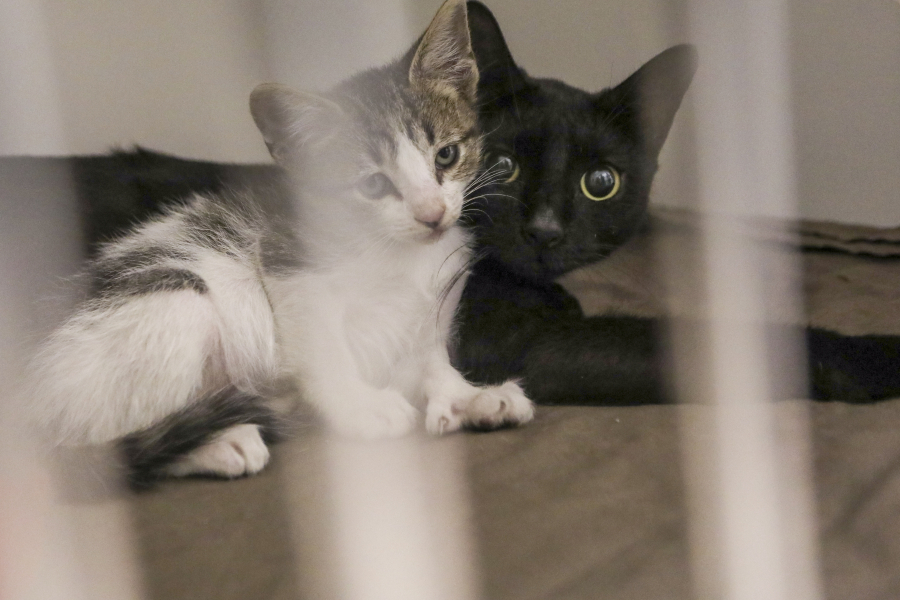TAMPA, Fla. — Animal shelters across the country are overrun with a flood of surrendered pets this year, leading to a spike in euthanasia rates — but not in Tampa Bay.
A sea change in the animal control systems in Hillsborough and Pinellas counties has doubled the rate of pets who leave the shelters alive in the last decade. They did it through a combination of owner education and an investment in resources like food banks and low-cost medical care.
The key statistic officials look at is the “live release rate” — the percentage of animals shelters take in that leave for a good reason, like adoption or return to owner. A decade ago, that number hovered below 50 percent across the country.
In 2010, only 35 percent of animals taken to the Hillsborough County’s shelter made it out alive. This year, that number stands at 93 percent. In Pinellas County, the live release rate in 2010 was 39 percent. The rate as of this month is 86 percent.
The Hillsborough County department, then called Animal Services, changed its name in 2014 to Hillsborough County Pet Resources. Director Scott Trebatoski said that signaled a change in mindset.
“A lot of times people just need information and don’t know where to go, and that’s why we changed our name,” Trebatoski said. “It’s not a place to just surrender your pet. It’s a place to get the information you need to keep them at home.”
Animal intakes at both public and private shelters across the country are expected to reach a three-year high this year, and adoptions or returns to owners are not keeping pace, according to the Shelter Animals Count database. The uptick is tied to the post-pandemic return to work and also the rising cost of living, as people struggle to pay for basics, such as food, rent and bills.
Pinellas County made three significant shifts in its animal services philosophy in the last decade, said Doug Brightwell, director of Pinellas County Animal Services.
Pinellas had to change its laws in 2013 to allow community groups to reduce the stray cat population by spaying and neutering community cats with trap and release programs. Stray cat numbers have steadily declined since then, Brightwell said.
In recent years, both Hillsborough and Pinellas centers created teams that concentrate on assisting pet owners with education on pet behavior, fencing and house training. And both started programs or have referrals to help low-income pet owners find food banks, low-cost medical care, vaccines and sterilizations.
“We’ve started to think more owner-centric and less pet-centric,” Trebatoski said. “Pets aren’t going to get better care unless the owner is going to be able to provide it to them.”
As people went back to work after the pandemic, many felt like they couldn’t take care of their pets like they did when they worked from home, Brightwell said. So the shelters have spent a lot of time recently teaching owners how to pivot in their new work-life balance.
“That dog doesn’t need to come back just because you aren’t home with them,” Brightwell said.
For anyone considering giving up a pet, Brightwell offered this advice:
- Call any local shelter and tell them your issues and why you are considering giving back the pet.
- If the issue is the money it takes to provide food or medical care, there are food banks and programs to provide low-cost services.
- If the issue is barking or chewing or behavior, there are resources to help in pet training.
“If you call and find out what is available, you can at least know you have gone through those steps,” Brightwell said. “We don’t want your pet. We want your pet home with you.”



